With all the crazy, why should we focus on digitalisation?
By Chris Nuzum, Head of Product, and Aitana Conca , Director EMEA, Chinsay AB
Complexity is up
The complexity of trading in the agriculture industry has increased considerably in the past few years. The Covid-19 pandemic, climate change, the war in Ukraine, sanctions, increasing freight rates, supply chain problems and the resulting movement toward food protectionism have combined to create a treacherous trading landscape.
Efficiency is not keeping up
The industry is driven by countless emails and documents exchanged annually to manage agri-commodity trades worldwide. In a market with extremely low margins, maintaining the value of every trade is essential.
Digitalisation and innovation can help
According to Gartner, “Digitalization is the use of digital technologies to change a business model and provide new revenue and value-producing opportunities.” To drive transformation, it is not sufficient to simply switch from couriering documents to emailing them. While this may result in paperless operations, the data underlying these documents is needed to support new revenue and value production.
Many digitalisation efforts were sideswiped by the pandemic, forcing organisations to refocus on building the infrastructure to enable work from home. This transformation is complete, allowing the resumption of digitalisation efforts.
Where to start digitalising?
There is no one-size-fits-all answer to this question, but there are steps any organisation in the agri-commodities trade can take to make meaningful progress.
Starting with specific objectives can help. For example, if your goal is to improve your post-trade execution using a blockchain platform, to provide innovative new services to your customers, or to display real-time dashboards showing your outstanding risk, your digitalisation efforts need to capture the specific data needed to support your goal.
We have worked with clients to jumpstart digitalisation with the processes surrounding contract generation. They recognised that the contract is the ultimate expression of every aspect of a trade, and thus represents nearly all the data about the trade. Quality specifications, volumes, sanctions, payment, declarations, optionality, execution and legal considerations are all represented in the contract. In their experience, flawed contracts carried disproportionately heavy consequences.
Improving contracts through digitalisation
Many factors contribute to a contract’s ultimate value. Rather than treating the contract as a static document, it can be viewed as the artifact of a business process designed to optimise every clause and commercial data point.
Optimising the clauses in the contract requires that the organisation’s most current knowledge and experience be applied. This can be done in several ways: using rules to select the most appropriate clause, offering traders a selection of preferred clauses to use in various situations, or recognising situations where specific expertise such as a legal opinion is needed and automatically triggering the appropriate
review. This ensures that contracts have the right oversight while reducing the burden on people.
Optimising the data points requires that they be represented in a way where they can be understood not only by people but also by systems that exchange and analyse data. This allows the re-use of master data from other systems, the inclusion of data produced in upstream systems and sending data to downstream systems without re-keying, and displaying corporate knowledge and historical trends where data is captured, to enable more informed decisions.
Other benefits of digitalisation
In addition to improving the contracts themselves, clients realised additional benefits from having digitalised their processes. Risk becomes more transparent since it can be monitored based on the specific clauses that are used and modified across all their contracts. They can visualise commercial data across multiple commodities to understand trends across their business. And since the entire workflow is orchestrated, they can measure the duration of each process step to spot bottlenecks and drive continuous improvement and improve their service to their customers.
Take-aways
Today’s volatile market is more complex than ever, and people need all the help they can get to deal with these challenges. Digitalisation and automation streamline everyday work while improving quality, strengthening the entire business, and allowing people to focus more time on dealing with exceptional circumstances that require more attention. Why wait to take the next step?
If you are a Gafta member, you can access the full June newsletter below:
At Chinsay we work with you from the very start, tailoring our demonstration to your needs. Request a demo and provide us some information for a purpose-built demonstration.
At Chinsay we work with you from the very start, tailoring our demonstration to your needs. Request a demo and provide us some information for a purpose-built demonstration.
Support
Email us: support@sea.live
If you are a user of our Services, you can contact us via in-app chat or email if you require any support.
Sea by Maritech Sweden AB | All rights reserved.
Sea by Maritech Sweden AB - reg. number 556642-1656 - All rights reserved

